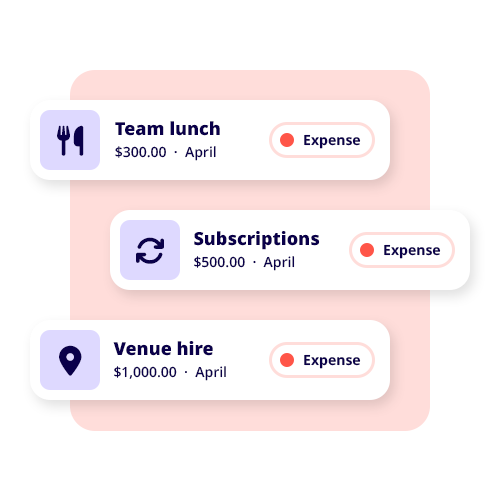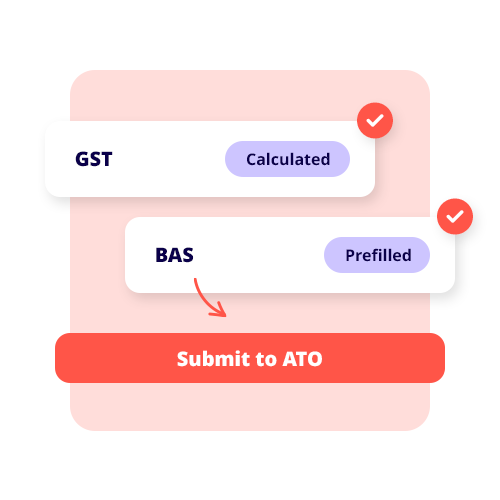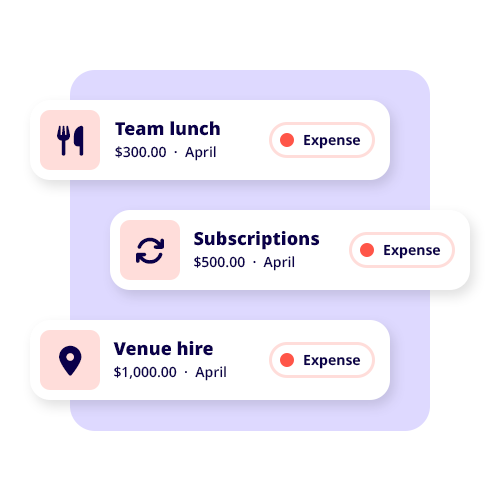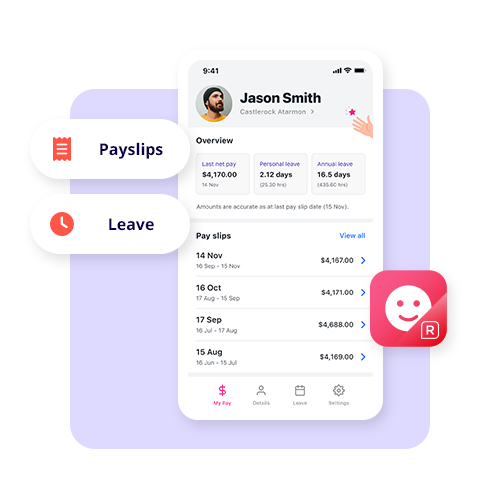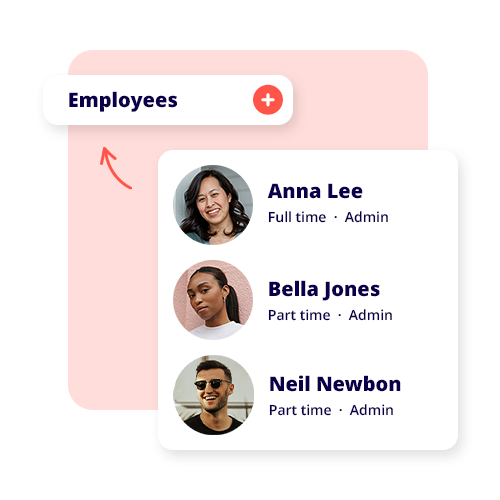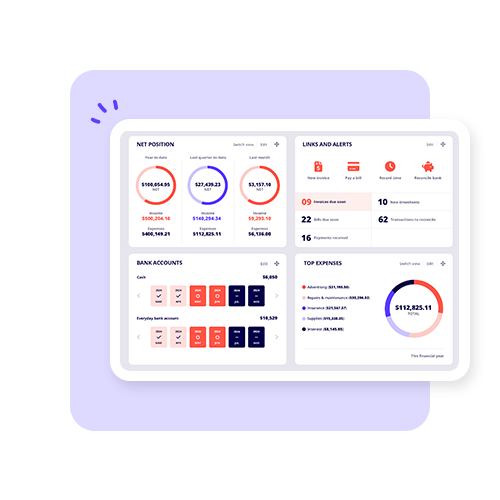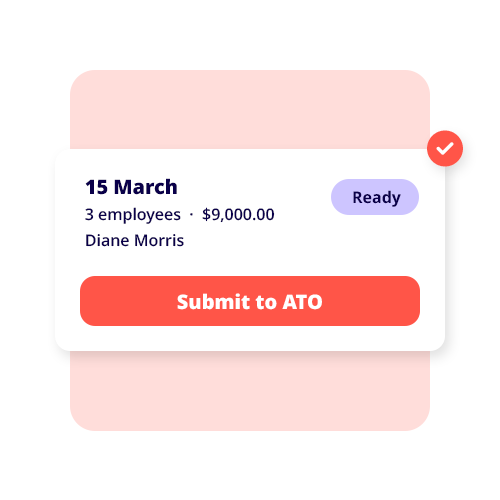With our five easy steps, switching business software platforms can be stress-free.
1. Identify your business needs
This first step is the research stage of switching platforms. You need to identify precisely why your current software isn’t working for your business, and what features your next software should have.
For example, imagine a local GP clinic that uses medical-specific software for client/patient management. The admin staff think the software is okay, but it lacks rebooking for follow-up appointments and doesn’t integrate with the business’s accounting software. They’re losing time and money as the business grows due to increased administrative tasks, human error, and lost follow-up bookings. So, when looking at their software, they realised it needed:
- More product features specific to their industry
- Accounting integration so that their two software systems can communicate
- Ease of use to reduce manual data entry
Identifying issues with your current provider doesn’t take much time. The challenge starts when you actively pursue alternative solutions. Let’s take a look.
2. Compare business software providers
Finding an alternative takes time, but getting it right and comparing software that suits your business is crucial. When evaluating alternative software providers for your business, you need to:
- Find several products that meet your business needs.
- Evaluate whether those products are cost-effective and will scale with your business.
- Read customer reviews and find out the pressure points and shortcomings of the products.
- Pick a few products to trial and determine which software fits your business best.
Once you have identified the best alternative for your business, you can begin planning your exit strategy from your current software.
3. Plan your exit strategy
Planning your exit strategy will need to cover many moving parts. You will need to consider the risks involved, such as business lost due to migration downtime; the allocation of tasks; and how you migrate, whether it is migrated over a period of time, immediately, or your old software and new software are run in parallel.
It is also essential that you create a backup of your data. One of the worst outcomes is losing your business data due to an ill-prepared migration. To get a reliable data backup, there should be options for export destinations, such as a CSV, Excel, or XML File. Your software most likely has this option in its settings.
Consult your software provider or migration party when looking to get a backup of your data. Every service has a solution because it is your data; you own it.
4. Migrate to the new platform
In step four, you begin the migration process. Coordinate with the support team of your new software provider or third-party migration service to make sure everything goes smoothly. This would involve verifying that your data has transferred correctly and accurately. When satisfied with the transfer, you can begin using the new software as intended.
In the case of our GP Clinic, the business still needs to operate during migration. In our example, the GP Clinic would run its old software in parallel to the migration so that services would not be interrupted.
5. Train and become an expert on your new platform
With your new software up and running, it’s time to put it into action. Here, your business will need to:
- Train staff on the new software.
- Coordinate with technical support to address any feedback or issues that occur.
- Optimise and monitor your new software and track its performance against your previous software.
During or after this step, discontinue using your previous software and cancel any subscriptions.

























